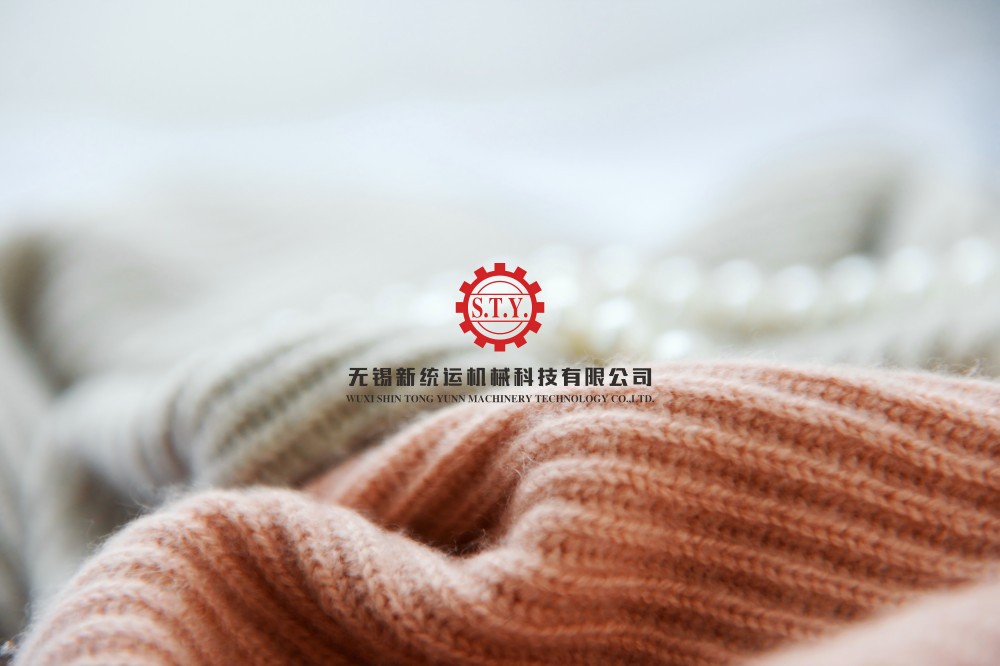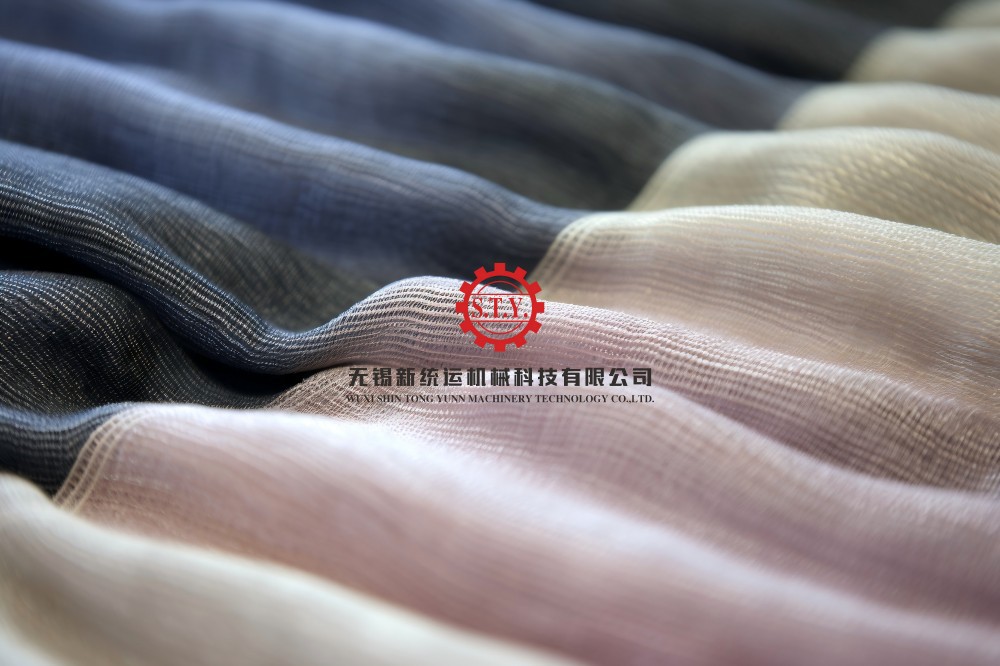1. According Fiber Moisture Absorption & Textile Dyeing Machine Selection, how to Match the Best Dyeing Equipment?
Hygroscopic properties of textile fibers directly affect process parameter setting of dyeing machine. ASTM D2654 test data shows moisture regain under standard conditions:
- High-absorption fibers (wool, cotton): Use airflow dyeing machine or overflow dyeing machine (60–98°C).
√ Airflow dyeing machine: Saving 30% energy (liquor ratio around 1:3).
√ Overflow dyeing machine: Flow speed is controlled as 15–25 m/min, workin temperaure is controlled as 60-98℃
- Low-absorption synthetic fibers: Requires HT-HP dyeing machine (130–135°C).
√HT-HP dyeing machine: 135°C±2℃, 3–4 bar pressure.
√Low liquor ratio dyeing machines (1:5): Amount of additives can be reduced by 20%.
Industry data: Global airflow dyeing machine market grew 12.5% in 2023 (Textile World).

2. What's the Key Parameters to Prevent Fiber Damage? Mechanical Properties and Equipment Choice.
(According ISO 13934-1 standard)
| Fiber Type |
Recommended Machine |
Key Parameters |
| High-strength(Nylon, polyester, etc.) |
Jet dyeing machine |
Nozzle pressure 0.8–1.2 bar |
| Elastic fibers |
Softflow dyeing machine |
Tension 5–10N, Temp. <100°C |
| Delicate fibers |
Winch dyeing machine |
Max tension ≤15N |
3. Chemical-Resistant Dyeing Solutions: Equipment for Acid/Alkali Environments
- Cellulosic fibers: Pad-steam continuous dyeing for reactive dyes.
√ Requires: pH auto-control (10.5–11.5), steam box at 102°C±1℃.
√ Requires: Acid circulation (pH 4–6), auto-leveling agent dosing.
- Synthetic fibers: high temperature high pressure dyeing machine for disperse dyes.
4. Smart Dyeing Machines: Solutions for Fiber Fineness & Uniformity
- Microfibers: Microwave-assisted dyeing (2.45 GHz) boosts dye penetration by 25%.
- Coarse fibers: Beam dyeing machine with auto-tension and real-time color detection (ΔE<0.8).
Case study: Lutai Textile achieved 98.5% first-pass success with German Dystar smart dyeing machines.

5. Innovative Dyeing Equipment for Specialty Fibers
- Ultrafine fibers: Low-temperature dyeing systems.
- Shaped fibers: Ultrasonic dyeing(15–25% better penetration).
- Flame-retardant fibers: Precision temperature control (max 1°C/min heating rate).
6. Development of Eco-Friendly Dyeing Machines
- Supercritical CO₂ dyeing: Zero wastewater, >95% dye uptake (vs. 60–70% traditional).
- Plasma pretreatment: Cuts energy use by 30%.
- Bio-enzyme machines: Reduce COD emissions by 40–50%.
What's the Dyeing Equipment Selection Processing?
- Fiber analysis → Choose specialized machine.
- Physical tests → Set tension parameters.
- Chemical check → Pick corrosion-resistant materials.
- Optimization → Use smart control systems.







 IPv6 network supported
IPv6 network supported
